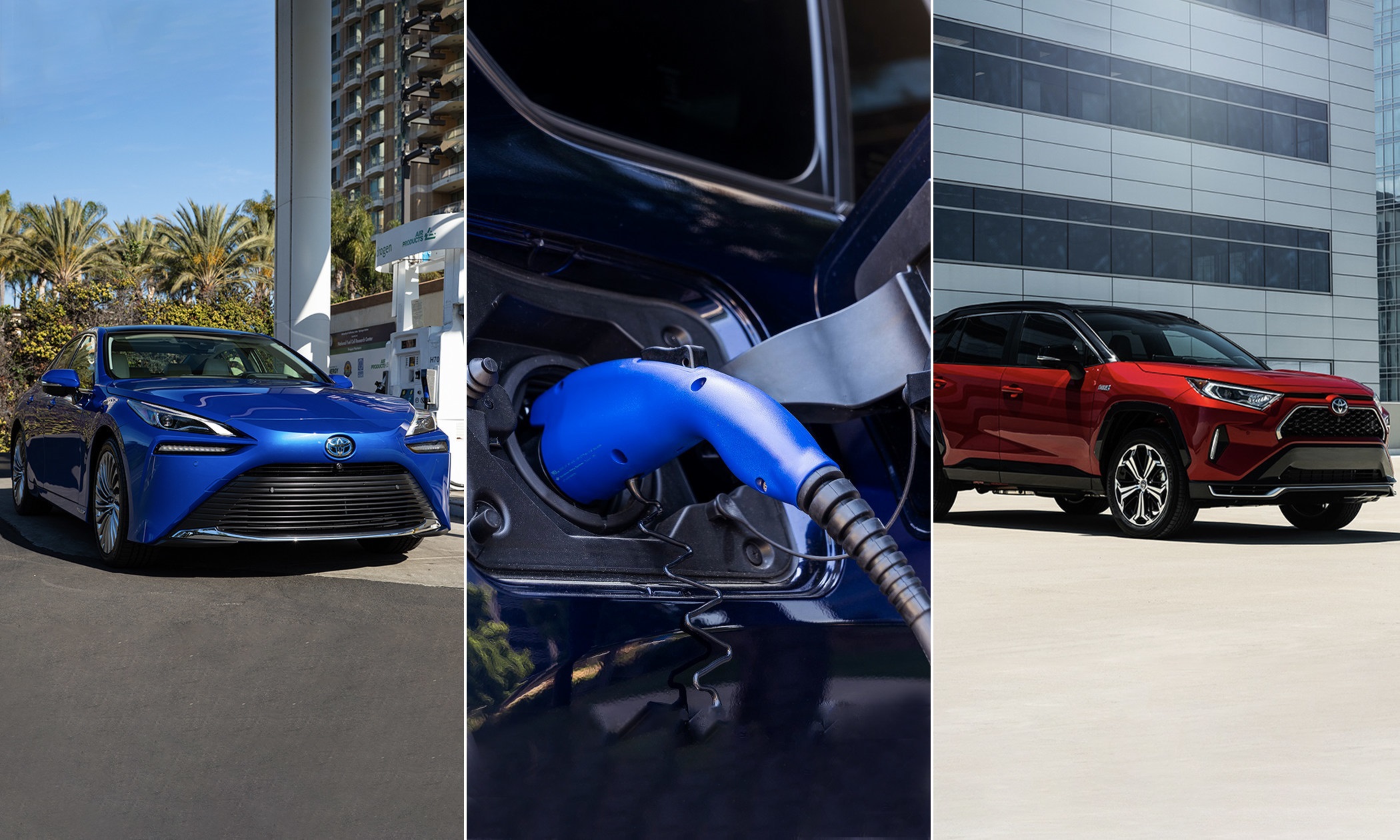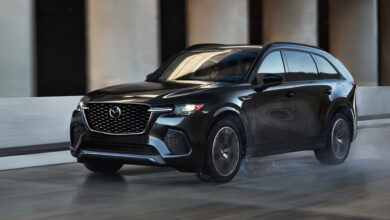Toyota to Debut 3 New Electrified Vehicles for U.S. Market

Toyota Motor North America (TMNA) is planning to add three new electrified models – two Battery Electric Vehicles (BEVs) and a plug-in hybrid (PHEV) – to the U.S. market this year, the automaker announced.
“We continue to be leaders in electrification that began with our pioneering introduction of the Prius nearly 25 years ago,” said Bob Carter, TMNA executive vice president of sales. “Toyota’s new electrified product offerings will give customers multiple choices of powertrain that best suits their needs.”
The new electrified models further expand Toyota’s investment in alternative powertrain vehicles. By 2025, Toyota’s goal is to have 40% of new vehicle sales be electrified models, and by 2030 expects that to increase to nearly 70%.
Globally, Toyota hybrid vehicles sold have avoided an estimated 139 million tons of greenhouse gas (GHG) into the atmosphere, the company said.
Between now and 2025, Toyota and Lexus models, globally, will have an electrified option. Toyota is also developing a dedicated BEV platform, e-TNGA.
“We believe the fastest way to lower greenhouse gases in the transportation sector is to offer drivers lower carbon choices that meet their needs,” said Gill Pratt, chief scientist of Toyota Motor Corporation and CEO of Toyota Research Institute. “At every price point and with multiple powertrains, we can put more people in cleaner automobiles across North America to have the greatest near-term impact on total carbon emissions.”
Toyota shared highlights of new internal research evaluating the environmental impact and cost of ownership between a PHEV and a BEV. For this research, Toyota created a tool that shows the trade-off between GHG Emissions and Total Cost of Ownership. The source code for this tool is publicly available at carghg.org for others to experiment with the various input parameters and see the movement of BEVs and PHEVs on the GHG and cost plot. The research found:
- GHG of a currently available BEV model and PHEV model are roughly the same in on-road performance when factoring in pollutants created by electricity production for the average U.S. energy grid used to charge batteries.
- Manufacturing is a component of GHG emissions. Using the “Greenhouse gases, Regulated Emissions and Energy use in Technologies” (GREET) model, researchers found that the production of a PHEV emits less GHG since it uses a smaller, lighter weight battery.
- The PHEV is much less expensive to buy and own, compared to the BEV. Without any incentives, the five-year Total Cost of Ownership (TCO) of a long-range BEV is significantly higher than the PHEV. If you include incentives available this year (2020), the TCO of a long-range BEV is much higher.



